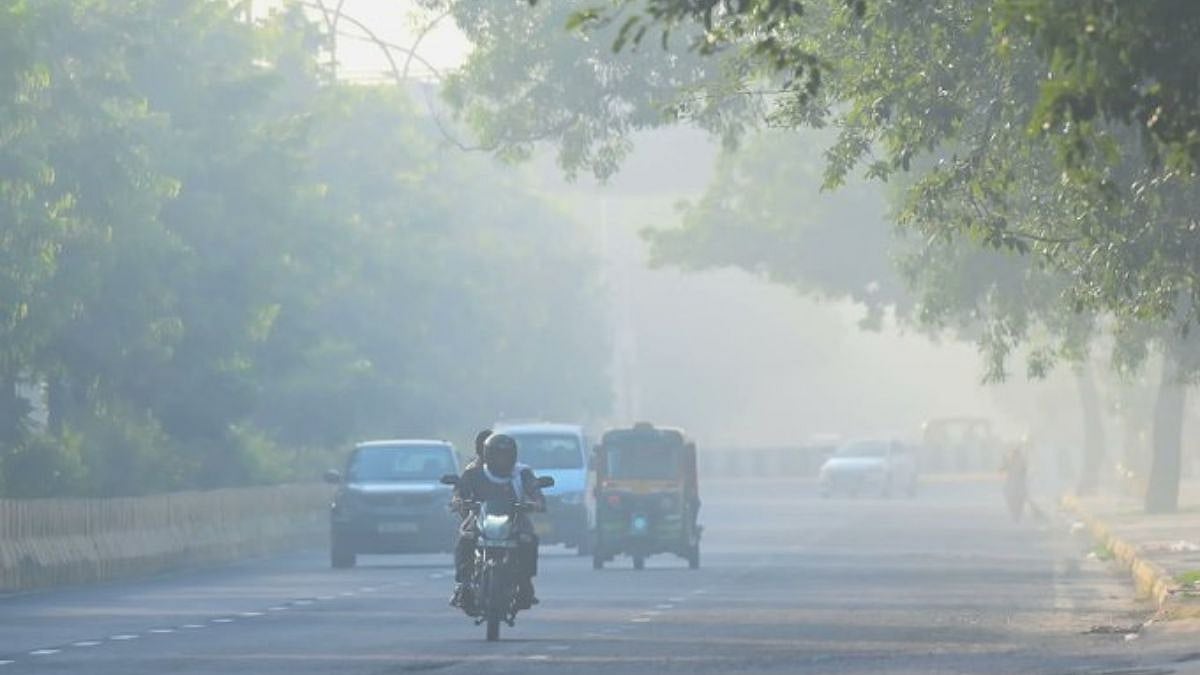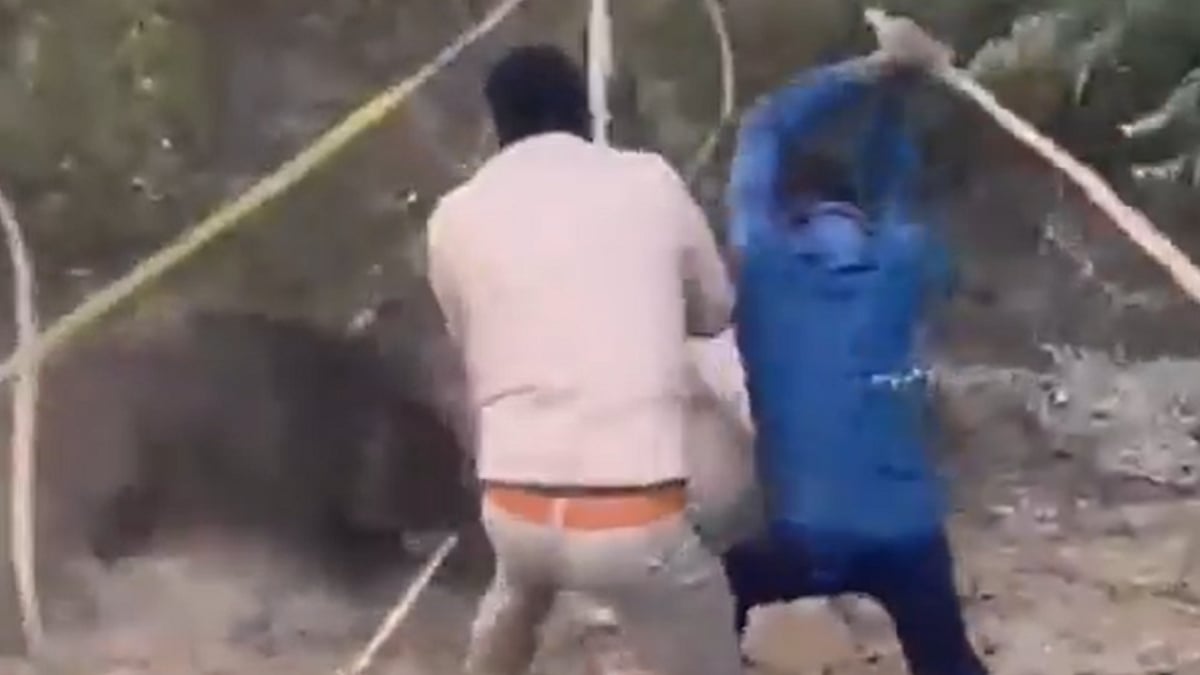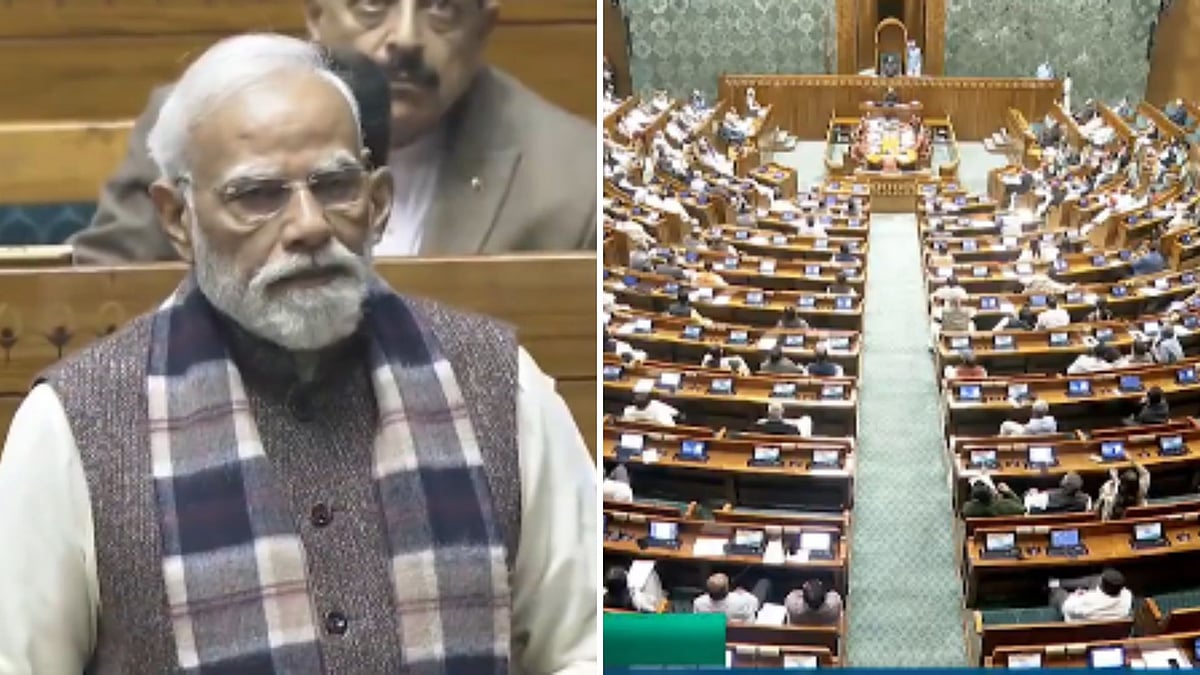Delhi’s mixed, or rather unsuccessful, attempts at cloud seeding this past week are a classic display of grabbing the wrong end of the stick. As a measure to bring down the air pollution by inducing rain or moisture, based on experiments around the world, cloud seeding would rank as an expensive and unreliable way to address the issue of poor-quality air or, specifically, to bring down the Air Quality Index (AQI) levels. Even IIT-Kanpur, with whom the Delhi government collaborated on the experiment, stated that cloud seeding cannot be a long-term answer to Delhi’s perennial pollution problem. Despite the lack of rain, the experiment helped bring about limited moisture conditions which, in turn, marginally improved the air quality. Delhi’s AQI, in the past two weeks, has been in the ‘very poor’ to ‘hazardous’ range of 300-400.
To paper over the ineffective results, the official line was to position cloud seeding as a mere experiment in which success and failure would both make for lessons. However, this is neither the occasion nor should it be the approach to something as sensitive as cloud seeding. It is the technique of altering clouds to make rain by firing small particles, most commonly of silver iodide, into clouds to produce precipitation or rain. The technique is used around the world, including in China, the United States, and Dubai, which, in April 2024, was held responsible by a section of climate scientists for the unprecedented rainfall and overwhelming floods in the Emirates. In Delhi, an aircraft sent fire flares of silver iodide and sodium chloride into the clouds. However, the experiment failed, as, according to Roxy Mathew Koll, a climate scientist at the Indian Institute of Tropical Meteorology, Pune, the technique requires convective clouds with sufficient precipitation. The city has had trysts with cloud seeding, first in 1957 and then in 1972.
However, given the worldwide results on the lack of effectiveness of cloud seeding, with a school of climate scientists warning against playing around with weather systems and artificially creating seasonal conditions, cloud seeding can be of only limited use. The wiser long-term approach, especially in Delhi—the national capital—and 12 other states in the list of the world’s top 20 polluted cities, has to be a comprehensive and concerted effort to reduce the pollution at the source itself, addressing multi-sectoral needs and capping the high-emitting activities—but with the lens of just transition to cleaner fuels so that the poor are not burdened. Anything else is a gimmick meant to display that something is being done but holds no relevance. Given Delhi’s continuing problems with air pollution, cloud seeding is so much a spectacle—and little else. And an expensive one at that. There is no option but to address pollutants at the base itself instead of resorting to such spectacles. Thus, cloud seeding gives only a false sense of hope.










